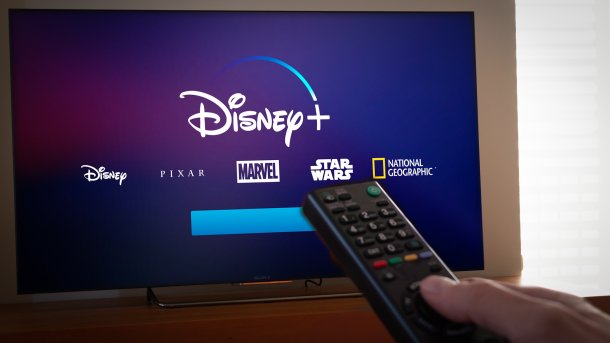Subscribers in Germany pay an average of EUR 684 per year for streaming
According to a new study by the British payment service provider Bango, subscribers spend 57 euros per month on an average of 3.3 subscriptions.

(Image: Shutterstock.com/Ivan Marc)
- Nico Jurran
A study commissioned by the British marketing company and payment service provider Bango, which claims to be representative, comes to the conclusion that an average of 57 euros per month is currently spent on streaming in Germany, i.e. 684 euros per year. In mathematical terms, this equates to 3.3 subscriptions per person. What is more interesting, however, is the finding that the sharp increase in channels, the introduction of advertising and the restriction on sharing passwords have led to subscription fatigue in Germany.
According to the study, spending and the number of subscriptions will continue to rise in the short term as a result of the 2024 summer of sport. For example, 22% of subscribers want to sign up to a new service to watch the European Football Championship and 20% to watch the Olympic Games. This is followed by subscriptions for Formula 1 (18%) and the Tour de France and Wimbledon (16% each). However, these are only short-term effects.
24% of those who canceled a subscription did so because of the introduction of advertising. For 30 percent, this was due to the price increase. In fact, 53% can no longer afford the subscriptions they would like to have and 32% have even lost track of their subscription costs, according to the study. Subscribers would now prefer an all-in-one subscription platform with so-called super-bundling offers - especially from telecommunications providers.
All-in-one subscription platform to control subscriptions
According to the study, over 50 percent want an app or all-in-one subscription platform with which they can manage all subscriptions. They associate specific expectations with such an app, namely the ability to pay multiple subscriptions via one monthly invoice (50% of subscribers), update payment data for all channels centrally (31%), temporarily pause subscriptions (45%), change the subscription period (weekly, monthly or annually) flexibly and at any time (34%), switch between premium and ad-financed offers (22%) and calculate the best offers and prices on all platforms in one place (32%).
It is also clear from whom subscribers would like an all-in-one subscription service: 46% from a telecommunications provider, 36% from a broadband provider and 17% from a TV, satellite or cable provider. All-in-one offers would also have a positive effect on consumer behavior from the service providers' point of view. For example, 38% would pay a higher bill if a package with popular subscriptions was automatically included. 35% of subscribers would be willing to pay 25% or more on their mobile bill if subscriptions were included in the price. 54% of European subscribers would be more likely to remain loyal to a brand that offers an all-in-one subscription service. 39% would leave their current provider if this service was available elsewhere.
The study is based on a survey of 5,000 subscribers, split into 1,000 subscribers each in Germany, France, Italy, Spain and the UK. (nij)